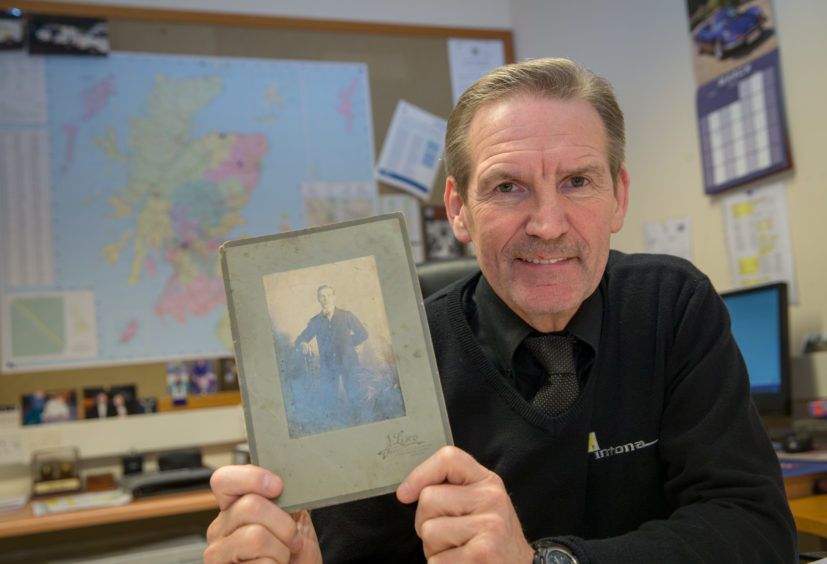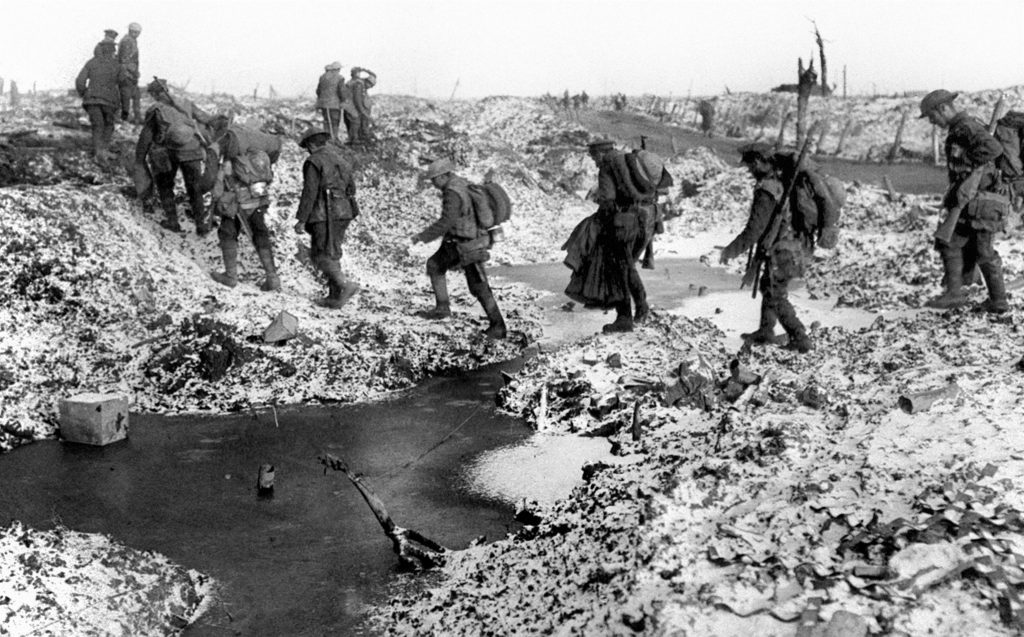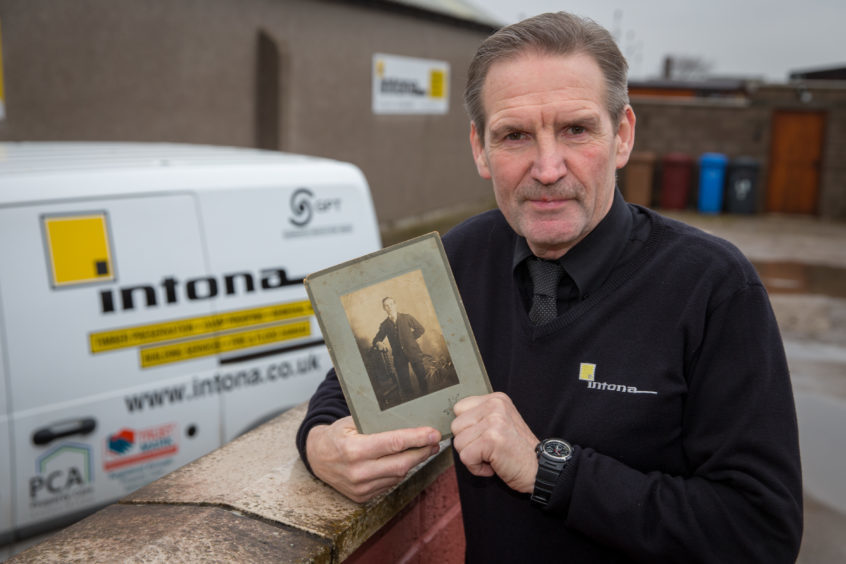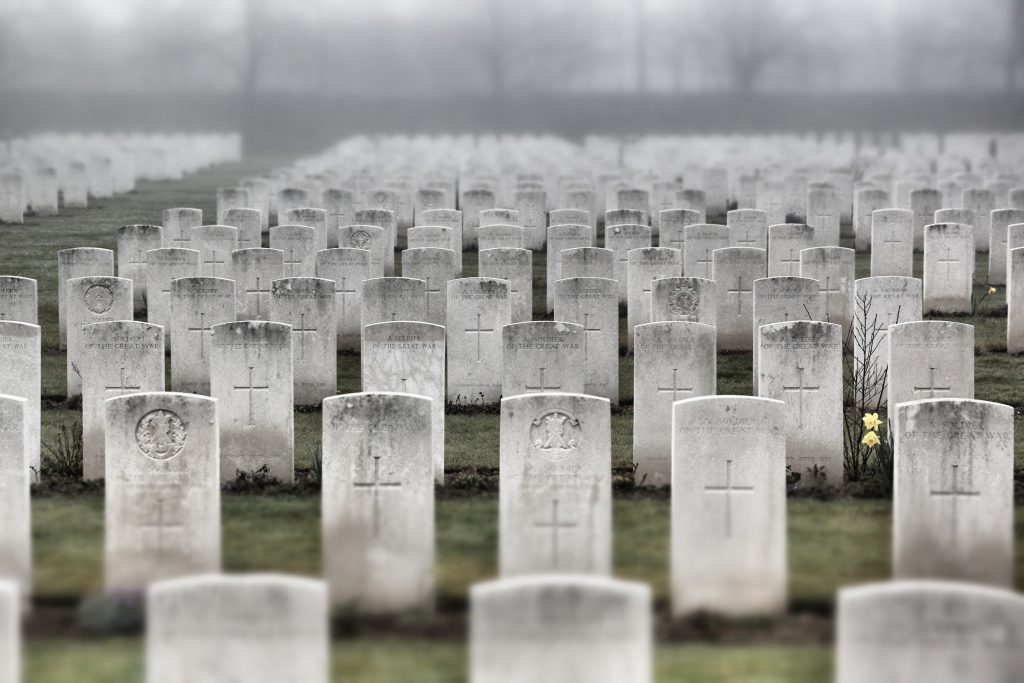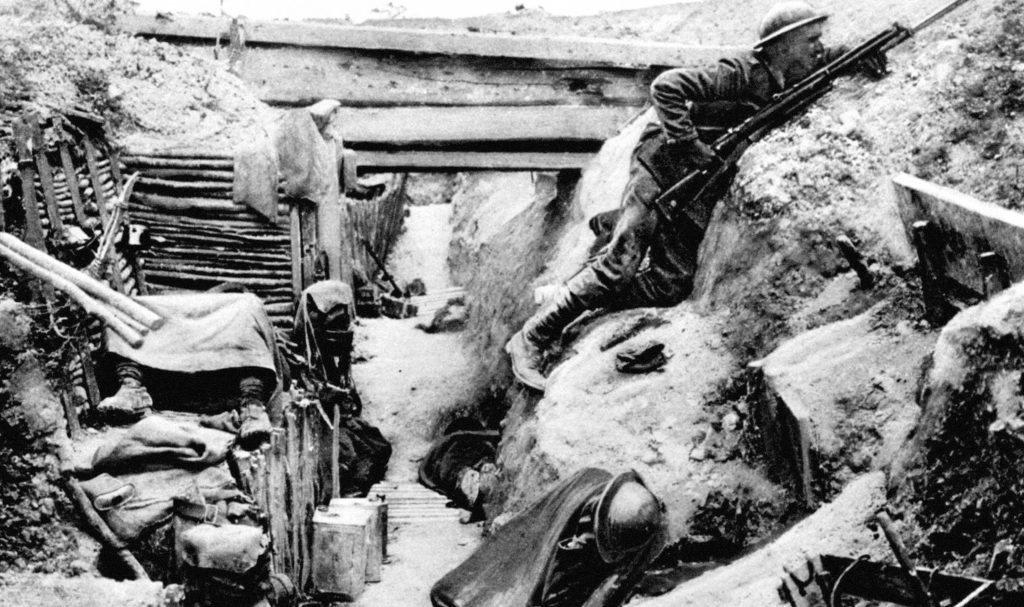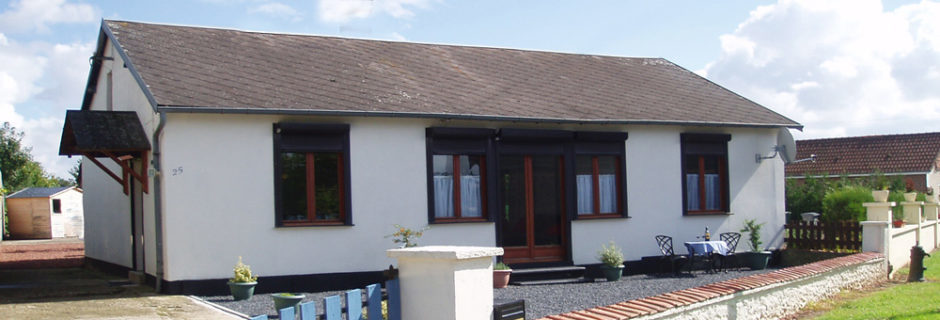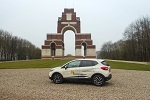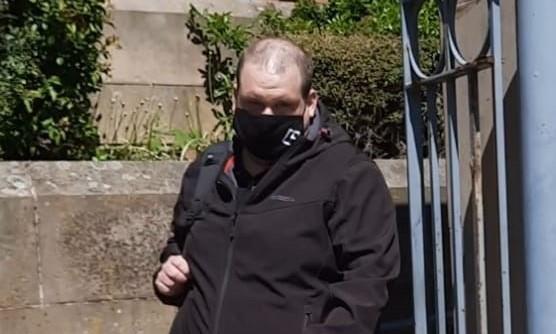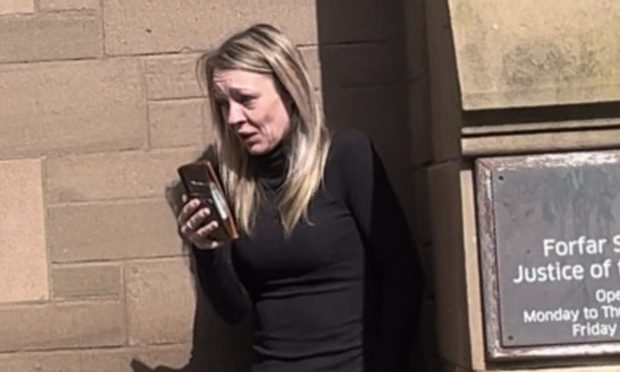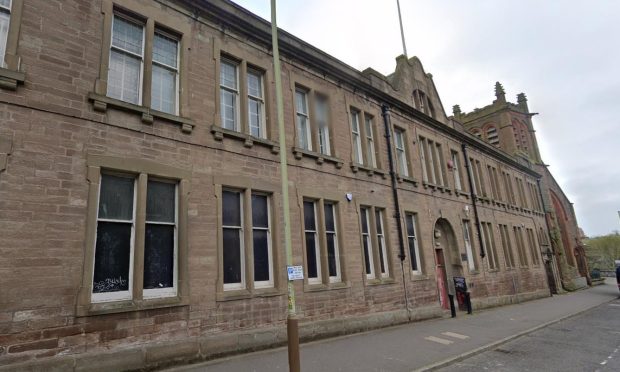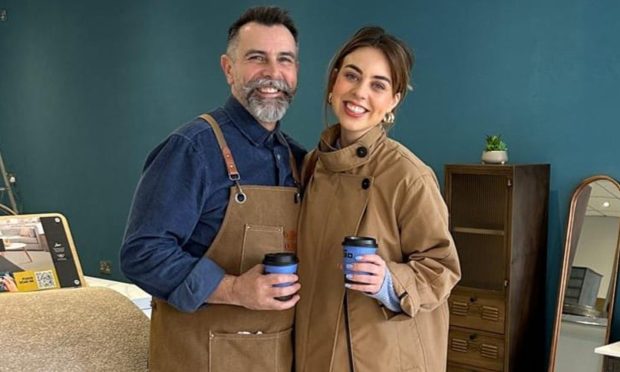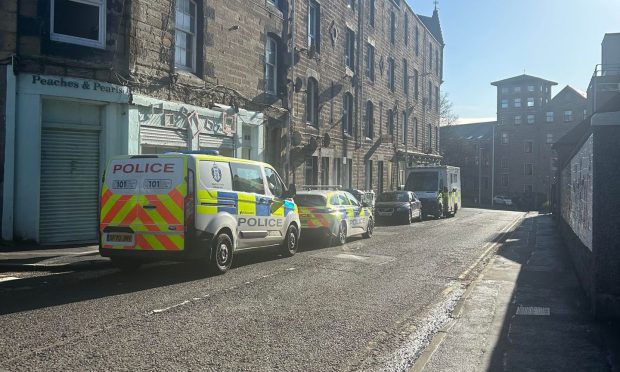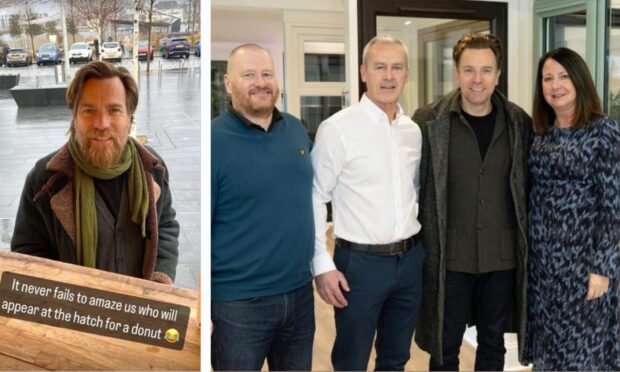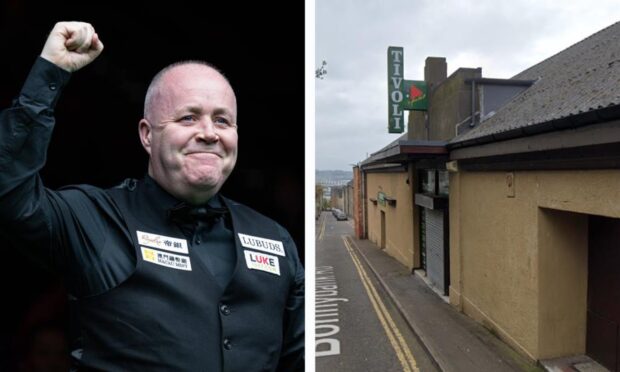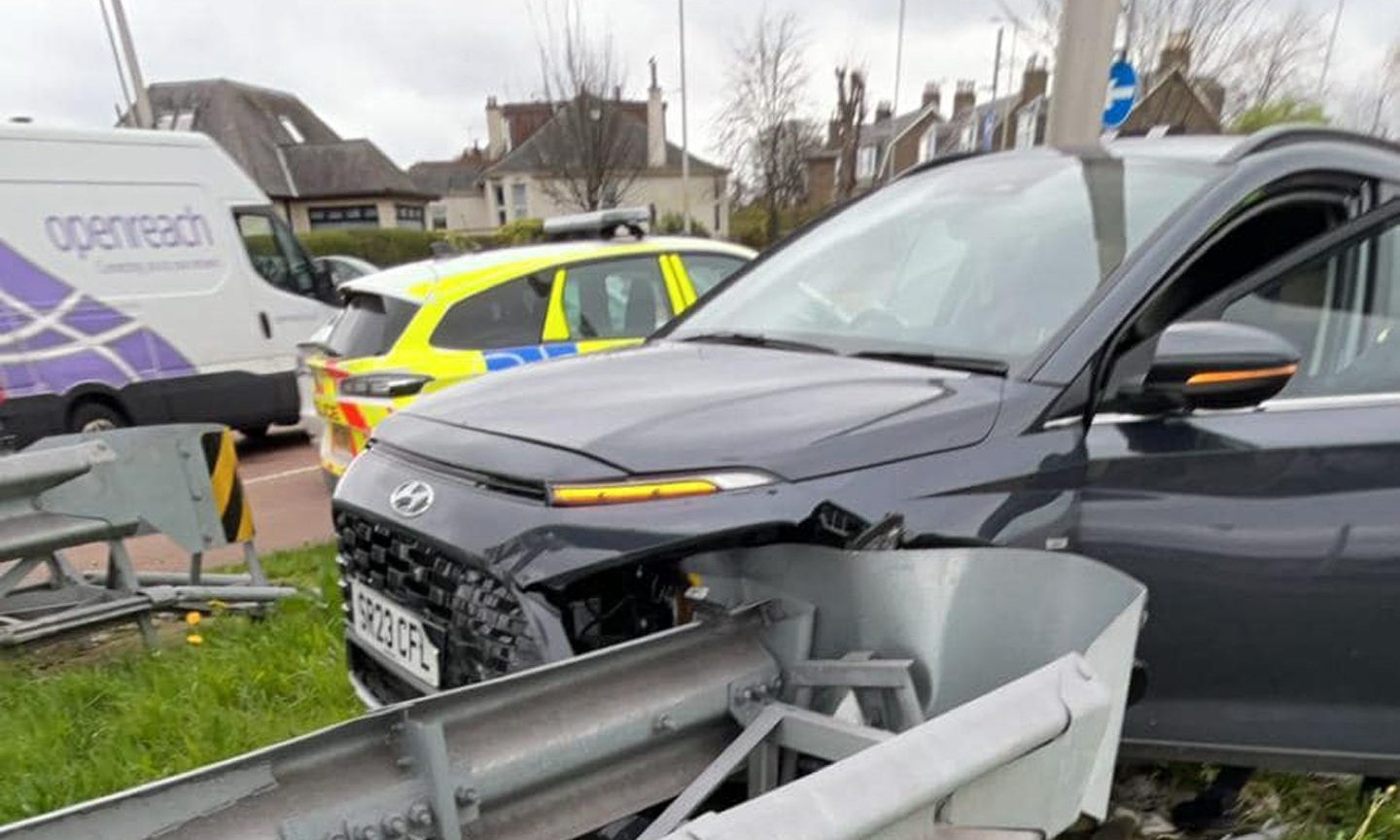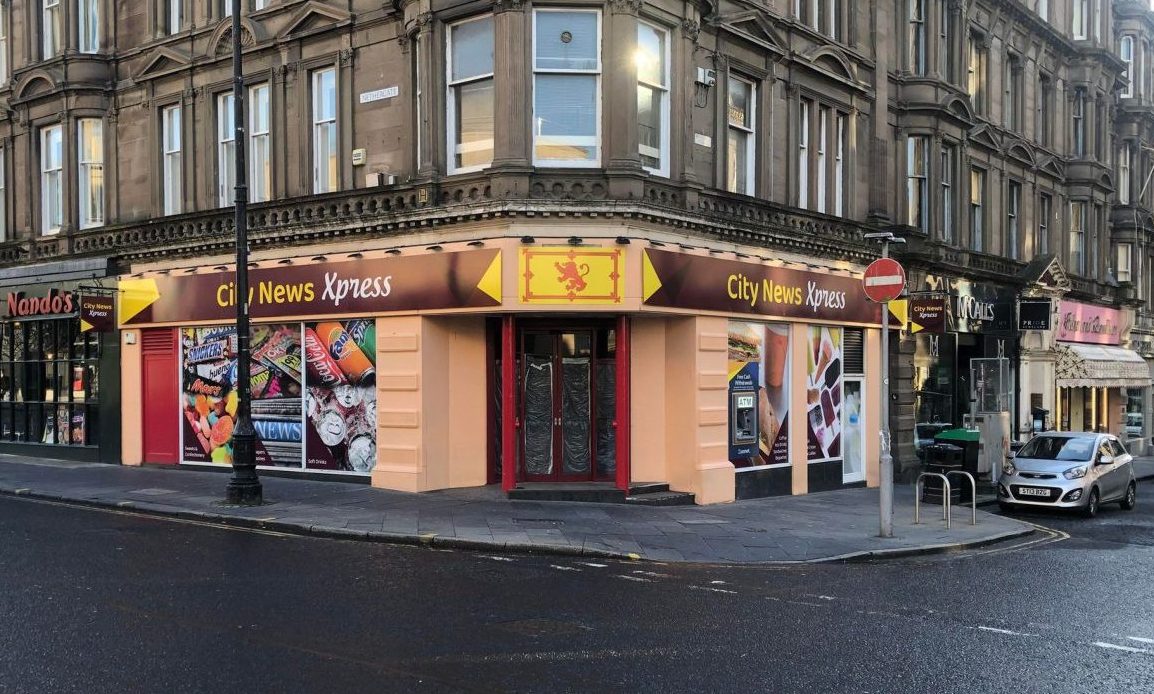When Dundee businessman Ron Mitchell was asked to carry out a restoration project on the Somme battlefield in northern France, he saw for the first time where his late-grandfather had been badly injured during the First World War. Michael Alexander reports.
It was the bloodiest episode in the history of the British Army where 19,240 British soldiers died on the first day.
The infamous Battle of the Somme, fought along a 15-mile front near the River Somme in northern France, began on July 1 1916 – and by the end of hostilities five months later, there were over a million dead and wounded on all sides, including 420,000 British, about 200,000 from France and an estimated 465,000 from Germany.
Now, a Dundee businessman, whose late grandfather was badly injured at the Somme, has spoken of visiting the battlefield for the first time and of his team using their expertise to restore a prominent property at the heart of the site.
Ron Mitchell, director of Dundee-based timber preservation and asbestos services specialists Intona Limited has had an interest in First World War history for as long as he can remember.
His late grandfather William Orchiston, a gardener from Dundee, was just 19 when he lost his left leg there while serving with the Royal Scots.
“They were in a shell hole when it happened – him and another guy who was killed instantly,” said Ron.
“My grandfather was badly injured in both legs and lost his left one when he got home after gangrene set in.
“His other good leg couldn’t move. It was straight all the time. He actually got shrapnel taken from his leg in 1962. My mother brought it home in a jar – shrapnel from the Somme!”
Ron, 61, who is a former pupil of Gilburn Primary and Kirkton High School in Dundee, said his grandfather, who lived until he was 87, rarely talked about the war.
“He got very confused about what happened – we put it down to the shellshock,” Ron said.
However, it was while working on a dry rot job in Blairgowrie a few years ago that Ron got chatting to a client who revealed he had just bought a run-down property in Picardie in north France and, as a trusted tradesman, would he be interested in helping to restore it?
Ron said yes – but only when he visited for the first time did he realise that the property was located within the heart of the area where his grandfather had been injured and where so many others had died.
Ron said: “It was my first visit. We got taken to what we were told was a 10 mile radius of the area – a place my grandfather referred to as ‘Plug Street’ but it was a French spelling – Ploegsteert.
“It’s unbelievable when you are there to actually see it – to see some of the trenches. Where we did the renovation there’s actually a German trench in the back garden. Farmers keep digging up shells and relics every day.
“We went to see where the Red Baron had been buried before he was exhumed and taken back to Germany. There were so many sites to see there. It was really poignant.”
Ron explained that the property they restored over several years is located in Morval – a sleepy hamlet with just over 80 inhabitants.
During the Great War it was held by the Germans.
The village was eventually retaken but was virtually destroyed.
By 1921 houses were appearing on the sites of the ruins.
One such house was the one they worked on – built on the village main street Rue Principale.
The property was in serious need of repair. But there was no shortage of volunteers to work on this unique project.
The Intona expeditionary force went to the location four times working on the restoration and the client is “absolutely delighted” with the end result.
The first saw the conversion of an ancient French log store into a new sitting room and boot room.
An existing bedroom was turned into a luxurious bathroom with a walk-in shower.
Roofs were lowered and plastered, and the existing shower area was turned into a utility room.
The next visit saw several floors being replaced and the installation of a brand new kitchen.
On the third visit Team Intona totally replaced all the bedroom and living room floors.
The fourth and final visit finalised the last details of what has been a major refurbishment.
“We are truly delighted to have been involved in such a major project in such a poignant place, added Ron, a time-served joiner and surveyor, who set up Intona with his wife Irene in 1994 after working previously with nationwide company Peter Cox.
“What a fitting tribute to the skills and attributes of our staff to be asked to work in rural France on the Somme.
“It was just such a highly unusual project and it did turn a lot of heads from locals and visitors alike when we were there with a van from Scotland!”
